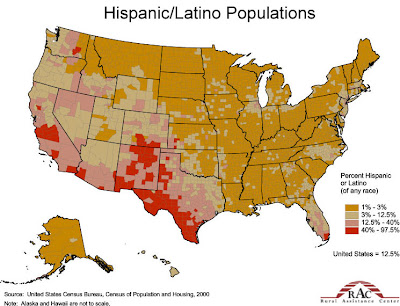 (Photo source)
(Photo source)With football fever sweeping the world, it seems like a good day to inject a global perspective into our examination of voter turnout.
When looking at democracies of the world, one immediately stumbles across that foreign-seeming practice of
compulsory voting (requiring all eligible voters to cast a ballot on Election Day), currently in place in several high-turnout countries. Fun soccer fact of the day:
65% percent of the top-20 ranked World Cup participants (www.fifa.com) have, at some point,
required eligible citizens to vote in elections (compared to only 20% of all countries) (
IDEA).
Bring up compulsory voting in the United States and, as election expert Rick Hasen points out in
this article, hackles get raised. Many Americans feel that compelling people to cast a ballot goes against US values of freedom, right to privacy, and the right to “stay home on Election Day” as a form of political expression.

Setting aside the right to stay home on Election Day and other issues for a moment, let’s look at some turnout averages and compulsory voting for the top contenders in the World Cup. Average world turnout around 2001 was 72.1 percent (
IDEA). Average of top 20 ranked World Cup participants is 75%, so they’re a pretty good sample.
When the top-20 teams are ranked by voter turnout,
8 of the top 10 either currently have mandatory voting or had it for a period of time. These countries have
95%-77% voter turnout (US turnout is around 65%).
(IDEA)This is also true world wide –
5 out of the 6 countries with the highest turnout levels currently have compulsory voting. Take Australia, which has an astounding 95% turnout rate. In the first Australian election after compulsory voting was enacted in the 1920s, turnout
jumped from 59% to over 91% Moreover, Australians consistently say they approve of their mandatory voting law, regarding it a duty akin to paying taxes or obeying traffic laws (
Louth, Hill). Punishments in countries with compulsory voting laws ranging from social sanctions or administrative fines to imprisonment for multiple offenders; however, the relatively tiny percent of non-voters prosecuted indicates that these laws are mostly self-enforced (
Hasen).
There certainly are a few roadblocks to enacting and enforcing compulsory voting in America. Creating a system of universal registration would be absolutely necessary, something advocates are currently fighting for in the US with no mean amount of difficulty. Election Day as a holiday is standard in many countries, yet here workers often face difficulty in getting time off to vote. Others argue that a long tradition of mandatory voting helps keep the system in place in those countries, while countries like the US, used to choosing whether to cast a ballot or not, would have a tougher time switching to a compulsory voting system.
But it seems strange to argue against the sentiment behind compulsory voting; that is, that each person, no matter their walk of life, income or background etc.,
must play a part in deciding who governs and what laws are enacted in order for a government to be truly representative and effective. Isn’t that idea fundamentally democratic, open, fair and, yes…American?
Just ask the state of Georgia.
Article XII of their 1777 Constitution states:
Article XII. Every person absenting himself from an election, and shall neglect to give in his or their ballot at such election, shall be subject to a penalty not exceeding five pounds.
Although this language is unenforced, it does remind us that the sentiment of encouraging voter turnout by legally requiring it did, at one time, exist in the minds of at least some of our founding fathers.
Whether you support compulsory voting or not, as we watch Team USA power through their matches, let’s keep in mind who the real winners are (at least in the game of democracy) – those countries with near-universal participation in national elections.
 Please join us for a special web training event!
Please join us for a special web training event!











